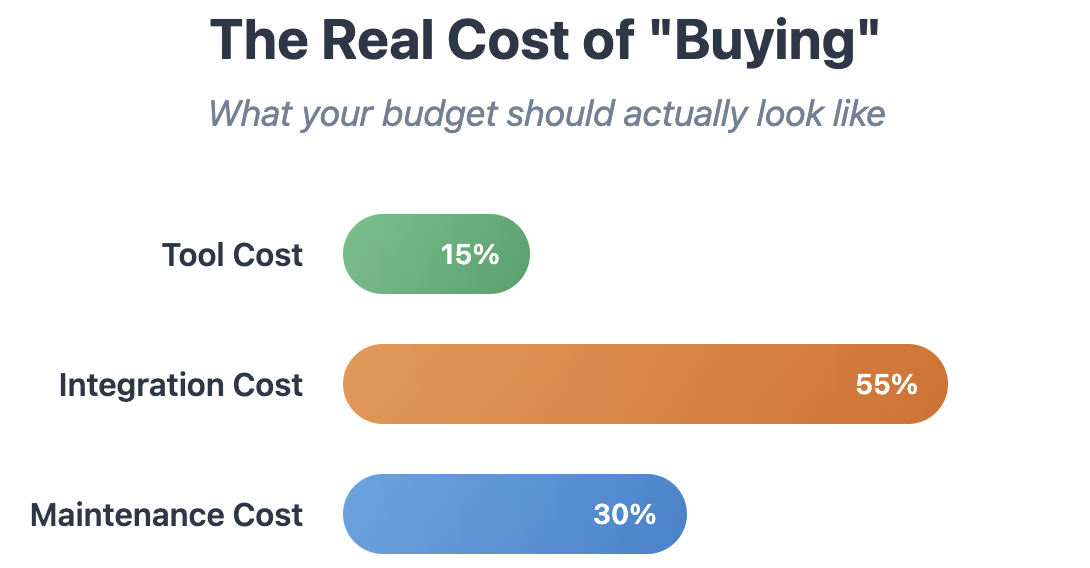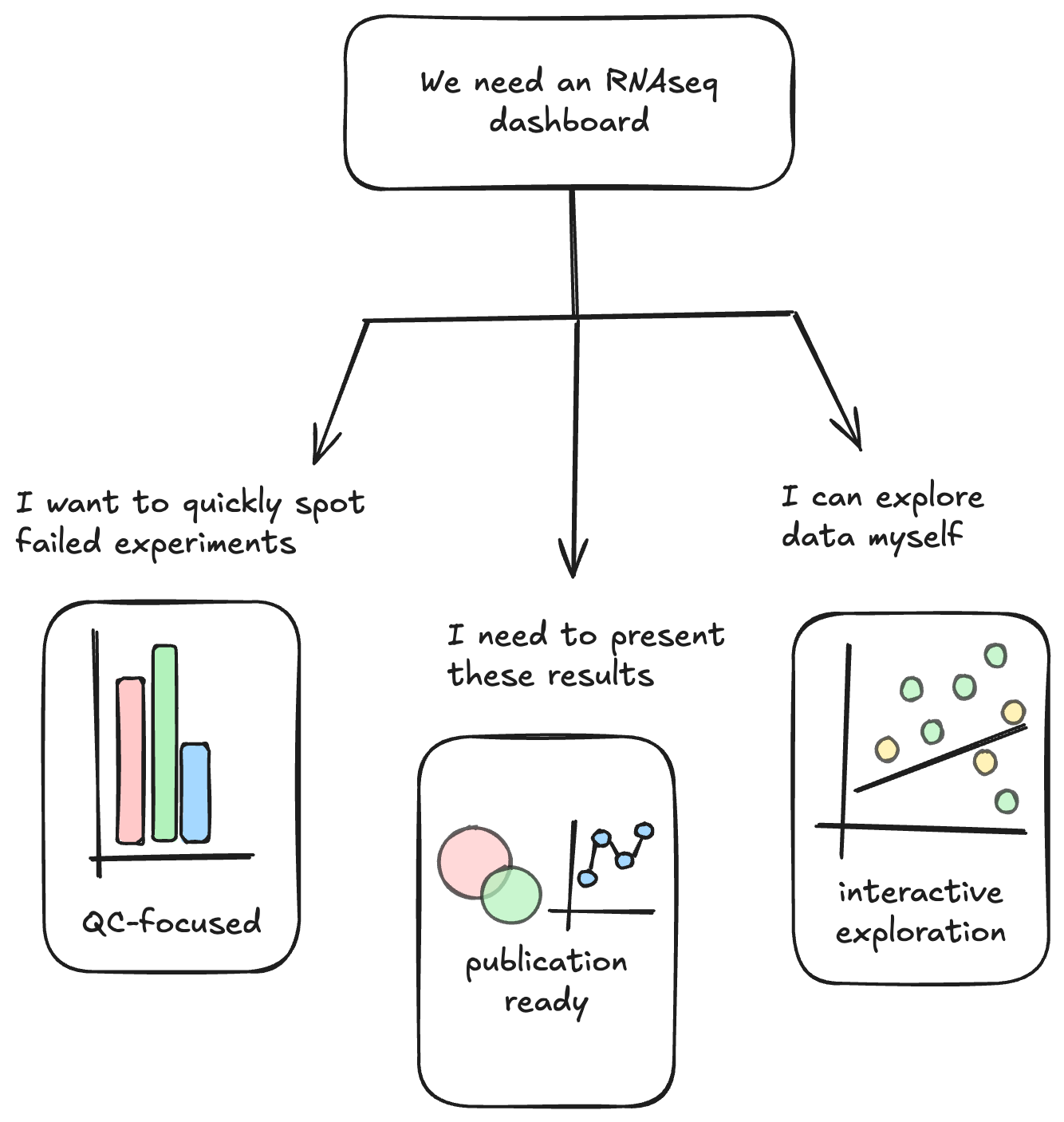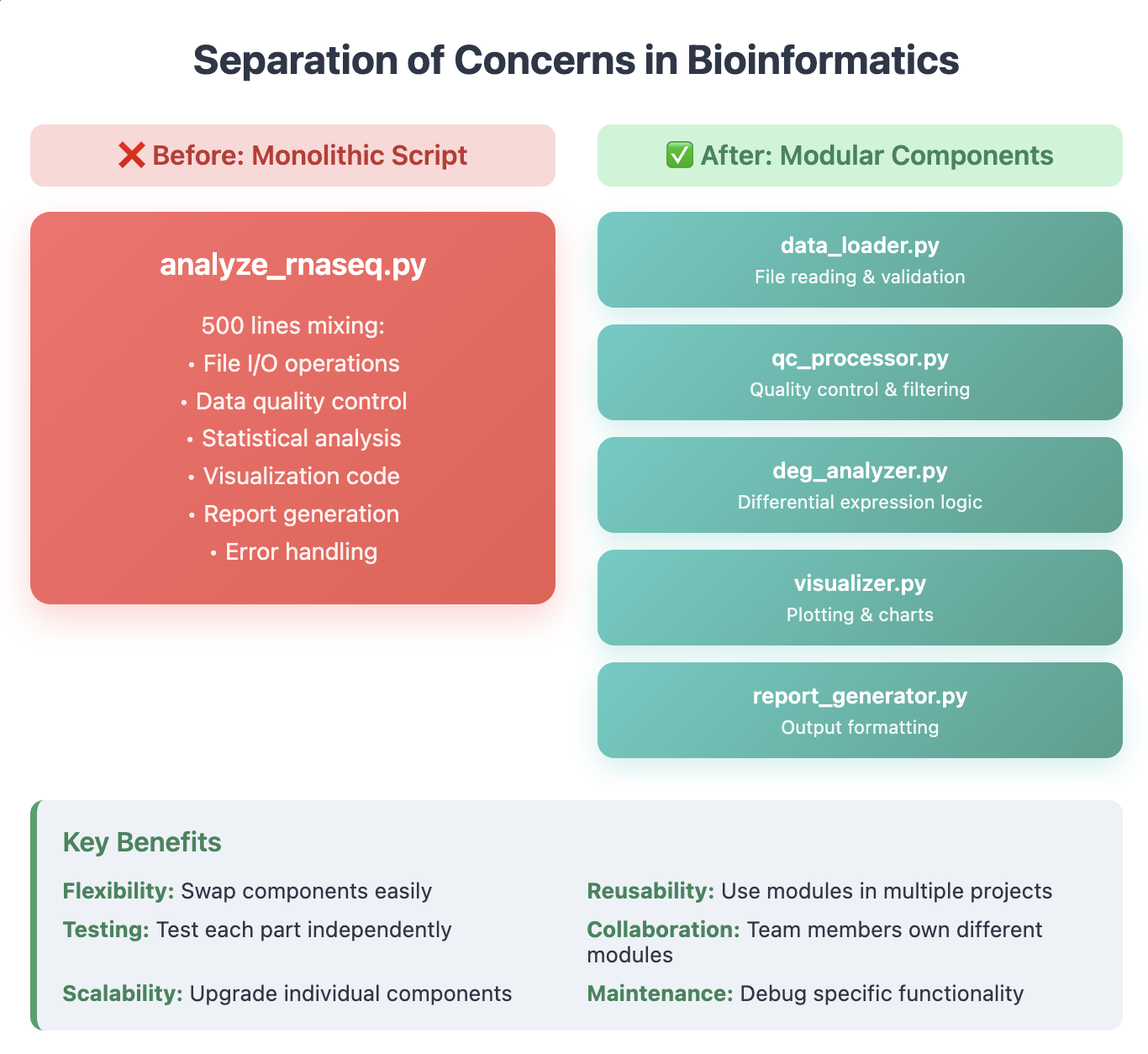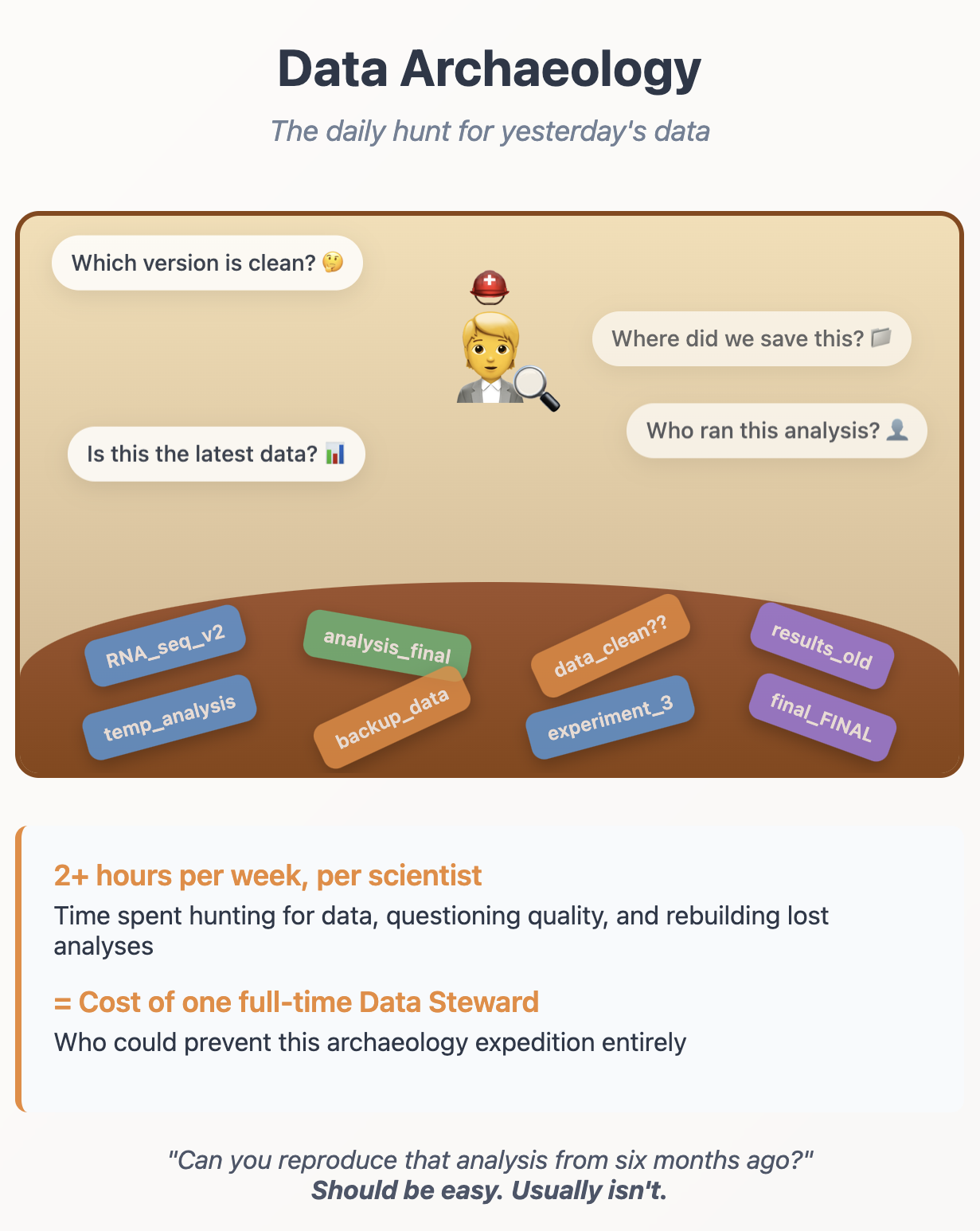· Lina L. Faller, Ph.D. · Quick Take · 2 min read
The Hidden Bottleneck in AI-Driven Drug Discovery
The real challenge in AI-drive drug discovery is the broken data infrastructure.
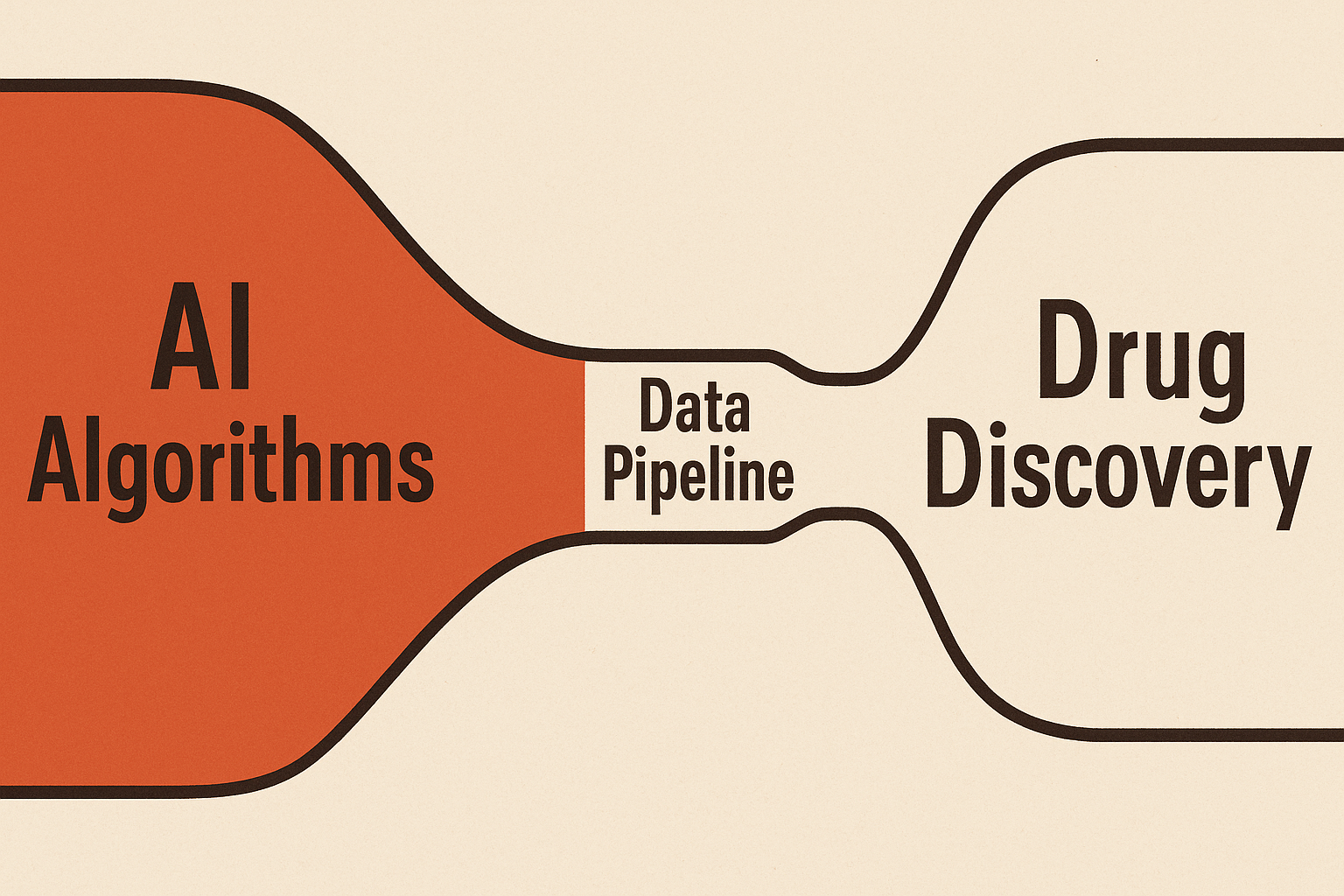
Everyone talks about AI algorithms in drug discovery. The real bottleneck? The data pipelines feeding them.
I spend my days upstream of AI initiatives, and I see the same pattern everywhere: brilliant algorithms starving on broken data infrastructure.
THE SPREADSHEET PROBLEM: Data lives in Excel files emailed between teams. Results shared via Slack attachments. “Final” datasets saved in SharePoint with links passed around like digital hot potatoes.
Sound familiar?
This isn’t just messy—it’s data integrity suicide.
WHAT BREAKS:
- No provenance: Where did this data come from? Which version is current?
- No lineage: How was this dataset processed? Can we reproduce it?
- Human error everywhere: Copy-paste mistakes, version confusion, accidental overwrites
- AI garbage in, garbage out: Your model is only as good as your training data
THE REAL CHALLENGE: You need a framework for where data can live that’s:
- Extensible: Science moves faster than software. Your system needs to adapt.
- Connected: Automated data flow from instruments → LIMS → analysis → notebooks
- Traceable: Every data point has a story you can follow
WHAT THIS LOOKS LIKE: Instead of emailing Excel files, you have:
- Instruments that automatically deposit data into structured systems
- LIMS that captures experimental metadata and sample lineage
- Automated pipelines that connect wet lab data to computational analysis
- Lab notebooks that link directly to the data they reference
THE AI PAYOFF: When your data infrastructure is solid, AI initiatives actually work. Your models train on clean, well-documented data. You can trace every prediction back to its source. You can reproduce and validate results.
When it’s broken? Your data scientists spend 80% of their time hunting for data and questioning its quality.
REALITY CHECK: This is R&D/early discovery perspective. Regulated environments have different (often stricter) requirements. But the principle remains: AI success starts with data infrastructure.
Most biotech companies are trying to solve the algorithm problem when they should be solving the data problem first.
Your AI is only as smart as the data pipeline feeding it. Fix the pipeline, unleash the potential.
What’s your experience with data infrastructure challenges in AI initiatives? Have you seen companies get this balance right?


